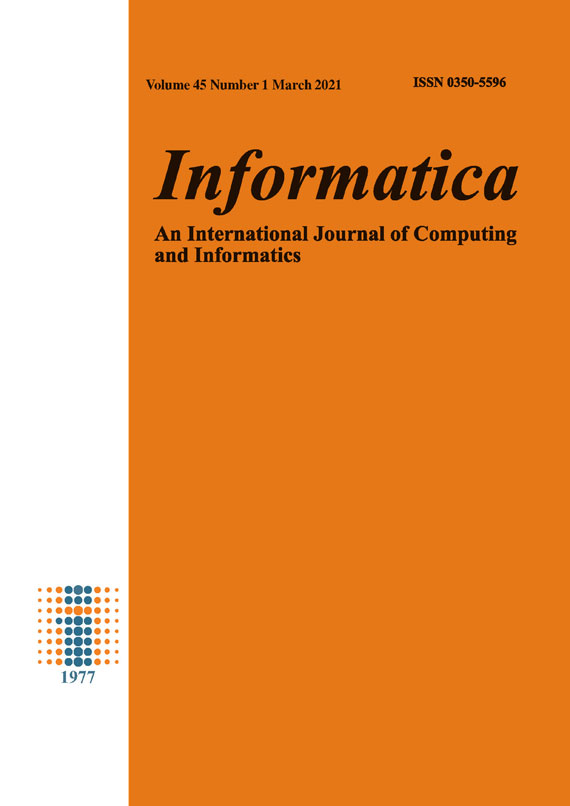Information Visualization Analysis of Public Opinion Data on Social Media
DOI:
https://doi.org/10.31449/inf.v45i1.3426Abstract
Public opinion data on social media contains many useful information, which can be visually displayed through visualization. This study mainly focused on Weibo and analyzed the keyword extraction of text and the analysis of emotional tendency. Keywords were extracted using the term frequency-inverse document frequency (TF-IDF) method, and the emotional tendency of the text was calculated based on the HowNet emotion dictionary and BosonNLP emotion dictionary. Finally, relevant data were collected by taking “Jiang Ziya” as the keyword for visualization analysis. It was found that the discussion on Jiang Ziya gradually reduced in the research period, and the extracted keywords were relatively positive. The visualization results of word cloud showed that there were many positive comments on Jiang Ziya, but there were also negative comments. Finally, the calculation of emotional tendency showed that 69% of the texts showed a positive emotional tendency, and 31% of the texts were negative, indicating that netizens’ emotional tendency towards Jiang Ziya was mainly positive. The results of the study make some contributions to the visualization of public opinion data and can be further applied in practice.
Downloads
Published
Issue
Section
License
I assign to Informatica, An International Journal of Computing and Informatics ("Journal") the copyright in the manuscript identified above and any additional material (figures, tables, illustrations, software or other information intended for publication) submitted as part of or as a supplement to the manuscript ("Paper") in all forms and media throughout the world, in all languages, for the full term of copyright, effective when and if the article is accepted for publication. This transfer includes the right to reproduce and/or to distribute the Paper to other journals or digital libraries in electronic and online forms and systems.
I understand that I retain the rights to use the pre-prints, off-prints, accepted manuscript and published journal Paper for personal use, scholarly purposes and internal institutional use.
In certain cases, I can ask for retaining the publishing rights of the Paper. The Journal can permit or deny the request for publishing rights, to which I fully agree.
I declare that the submitted Paper is original, has been written by the stated authors and has not been published elsewhere nor is currently being considered for publication by any other journal and will not be submitted for such review while under review by this Journal. The Paper contains no material that violates proprietary rights of any other person or entity. I have obtained written permission from copyright owners for any excerpts from copyrighted works that are included and have credited the sources in my article. I have informed the co-author(s) of the terms of this publishing agreement.
Copyright © Slovenian Society Informatika








